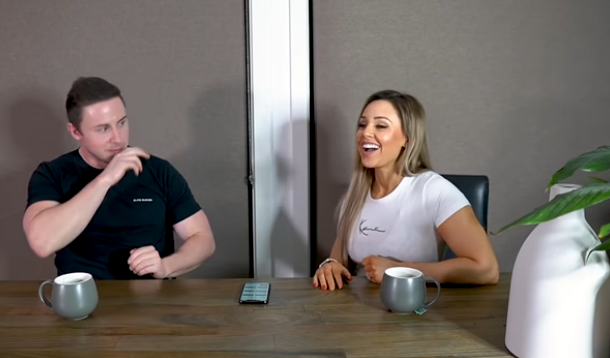
In today’s fast-paced world, it’s easy to feel overwhelmed by information, especially when it comes to three pillars of well-being: relationships, training (fitness), and nutrition. Whether you’re navigating love, pushing through a new workout program, or trying to figure out what to eat, we’ve got your most common questions covered. Let’s dive into it.
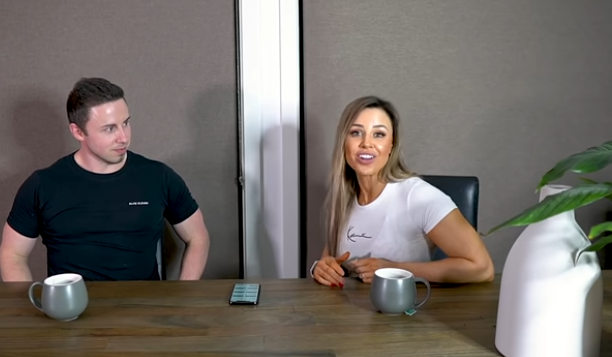
RELATIONSHIPS
Q1: How do I build a strong, lasting relationship?
Building a lasting relationship requires effort from both partners. It’s a mix of communication, trust, respect, and shared values. Listening is just as important as speaking. Make time for quality conversations, check in emotionally, and express appreciation regularly. Challenges will arise—but facing them as a team, rather than turning against each other, makes all the difference.
Q2: How can I improve communication with my partner?
Start with honesty and empathy. Use “I” statements instead of “You” accusations. For example, instead of saying “You never listen,” try “I feel unheard when I talk and don’t get a response.” Regular check-ins can also help—ask each other, “How are we doing?” or “Is there anything you need from me right now?”
Q3: Is it okay to take space in a relationship?
Absolutely. Healthy relationships include both closeness and individuality. Taking space doesn’t mean you’re drifting apart—it can help you recharge, reflect, and bring your best self to the relationship. Just communicate your need for space kindly and with reassurance.
Q4: How do I know if I’m in a toxic relationship?
Toxic relationships often involve manipulation, constant criticism, lack of respect, or emotional/physical harm. If you consistently feel drained, anxious, or devalued after interactions, it might be time to reflect or seek support. Remember: love should make you feel safe and uplifted—not small.
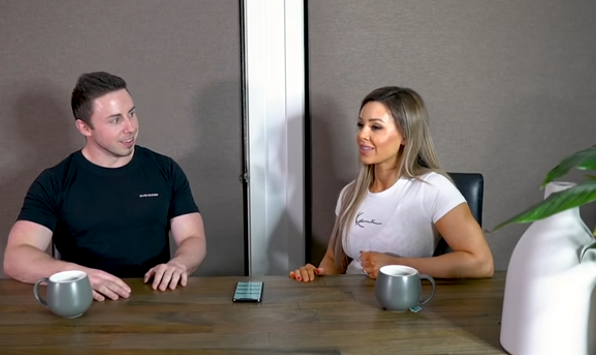
TRAINING
Q1: What’s the best workout routine for beginners?
If you’re new to working out, simplicity is key. Start with 3 days a week:
- Day 1: Full-body strength (bodyweight squats, push-ups, planks)
- Day 2: Rest or light cardio (walking, cycling)
- Day 3: Strength again or a yoga/stretching session
- Day 4: Rest
- Day 5: Cardio (30 minutes of jogging or interval walking)
The goal is consistency, not perfection. You don’t need to train every day to see results—start small and grow.
Q2: How do I stay motivated to work out?
Find your “why.” Do you want more energy? Less stress? To feel strong? Motivation follows purpose. Also, set mini goals and celebrate small wins. Whether it’s doing 10 push-ups without stopping or hitting 10,000 steps in a day, progress fuels motivation. And don’t underestimate the power of playlists, workout buddies, or fun classes!
Q3: Should I do cardio or weights for fat loss?
Both have benefits. Cardio burns calories during the workout, while weight training builds muscle that helps burn more calories even at rest. For best results, combine both: aim for 2–3 days of strength training and 2–3 days of cardio per week.
Q4: Is it bad to skip a workout?
Missing a day isn’t the end of the world. Life happens. Rest can also be productive—your body needs recovery to grow stronger. The key is not letting one skipped session turn into weeks off. Be kind to yourself and jump back in as soon as you can.
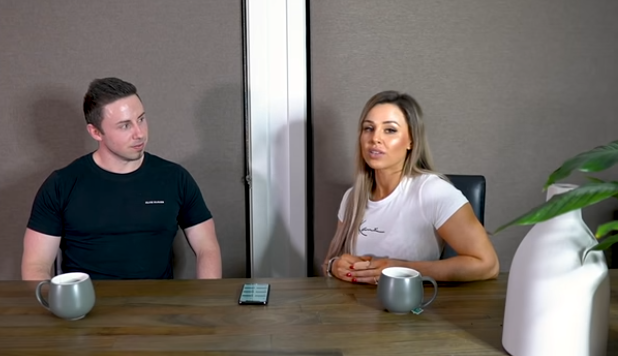
NUTRITION
Q1: What’s the healthiest way to eat without being too strict?
Think balance, not restriction. Focus on whole foods—fruits, vegetables, whole grains, lean proteins, and healthy fats. Follow the 80/20 rule: eat nourishing meals 80% of the time and leave 20% for flexibility (like enjoying dessert or a night out). This sustainable approach reduces guilt and helps you stay consistent long-term.
Q2: Do I need to count calories to eat healthy?
Not necessarily. Calorie counting can be helpful for some, but it’s not the only path to health. Pay attention to your hunger and fullness cues. Practice portion control and try to eat mindfully (away from screens, slowly, and with awareness). If you’re struggling with your goals, tracking for a short period may provide insight—but it doesn’t have to be forever.
Q3: What should I eat before and after workouts?
Before a workout, fuel up with a light meal or snack containing carbs and a little protein—like a banana with peanut butter or oatmeal with berries. After a workout, focus on protein and carbs to help muscles recover: think grilled chicken with sweet potatoes or a protein shake with fruit.
Q4: How do I deal with emotional eating?
Emotional eating is common—food is comforting. But it’s important to learn to recognize the difference between physical hunger and emotional hunger. When cravings hit, pause and ask, “Am I really hungry, or am I stressed, bored, or tired?” Try alternative coping strategies like journaling, going for a walk, or calling a friend. If emotional eating feels overwhelming, consider talking to a therapist or nutrition professional.
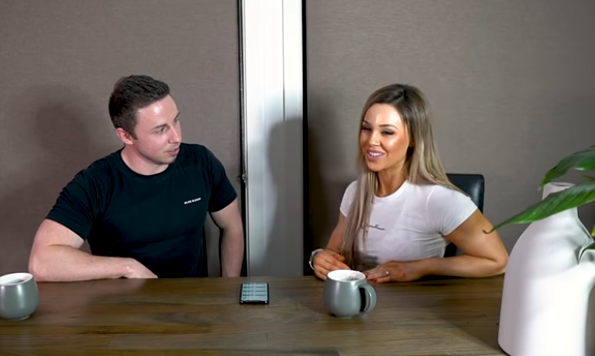
FINAL THOUGHTS
The journey to better relationships, stronger bodies, and nourishing food doesn’t have to be confusing or overwhelming. Everyone’s path looks different, and there’s no single “right” way to approach things. The key is curiosity—asking questions, learning, and staying open to change.
Whatever stage you’re at—starting a new fitness routine, trying to eat better, or navigating love—remember to be patient with yourself. Growth takes time. And if you ever feel stuck, just know: your questions are valid, and you’re not alone.
Got more questions? Keep asking. The answers are out there—and so is your best self.


